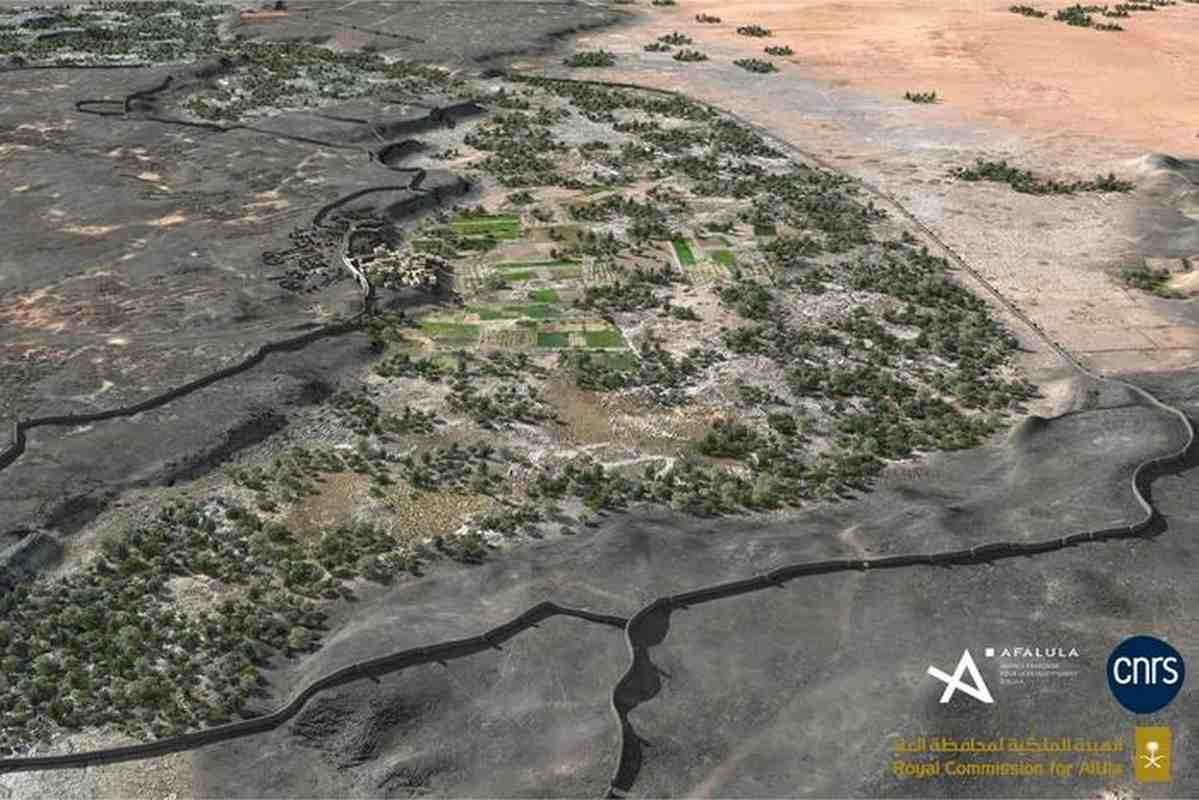Hoard of Bronze Jewelry Found in Polish Lake Reveals Ancient Celtic Water Burial Ritual
The Chełmno were not, throughout most of their existence, prolific workers or consumers of metal objects, so the find is considered crucial.

Far from the archaeological hotspots of the world like the Fertile Crescent or Italy that produce new finds every month, an incredible discovery on the Arabian Peninsula shows how organized and complex societies were 4,000 years ago.
Back then, the Arabian Desert had mostly changed into the dry, sandy environments we know them to be today, and people had to make their living in between oases.
These hotspots of water and plants were magnets for life, and nomadic peoples of the peninsula are known to have fortified them in ancient times, but excavations and surveys done on the Khaybar Oasis in modern-day Saudi Arabia show that this fortification activity was extensive.
Cross-referencing field surveys and remote sensing data with architectural studies, the team estimated the original dimensions of the fortifications at 7.2 miles in total length, between 3 and 5 feet in thickness, and approximately 15 feet in height fortified by 180 individual bastions along its course.
Preserved today over a little less than half of its original length, this colossal edifice enclosed a rural and sedentary territory of nearly 2,600 acres. The fortification's date of construction is estimated between 2250 and 1950 BCE, on the basis of radiocarbon dating of samples collected during excavations.
"In the basaltic environment of Khaybar, where plateau sedimentation is very low, archaeological remains have been exposed above ground and superimposed for millennia, creating a lunar landscape dotted with thousands of megalithic archaeological structures from all periods: desert kites, mustatils, funerary avenues and dense necropolises, encampments, forts, plot walls, and so on," the authors write in their study, published in Journal of Archaeological Science. "Ongoing surveys have counted over 16,000 such structures within the 56 sq. km sample area."
While the study confirms that the Khaybar Oasis clearly belonged to a network of walled oases in Northwestern Arabia, the discovery of this rampart also raises questions regarding why it was built as well as the nature of the populations that built it, in particular their relations with populations outside the oasis.
With a simpler insinuation, you don't need to pile sandstone and dirt up 15 feet—as tall as three men—and build 180 bastions to keep your camels from wandering off; ramparts of that nature were meant to keep people out.
But the archaeological team write in their study that they don't believe the rampart was solely for defense, even though the bastions always faced outward toward the desert and never inward to the oasis.
"It was about delimiting a living space, a rural settlement, and separating it from a desert area," they write. "The monumental construction of the rampart in the Bronze Age thus strengthened group cohesion while acting as a territorial marker and defining social identity."
The discovery paves the way for major advances in understanding the prehistoric, pre-Islamic, and Islamic past of the northwestern reaches of the Arabian Peninsula, as there are more of these walled oases to investigate.
SHARE This Awesome Bit Of Ancient History With Your Friends…
Be the first to comment